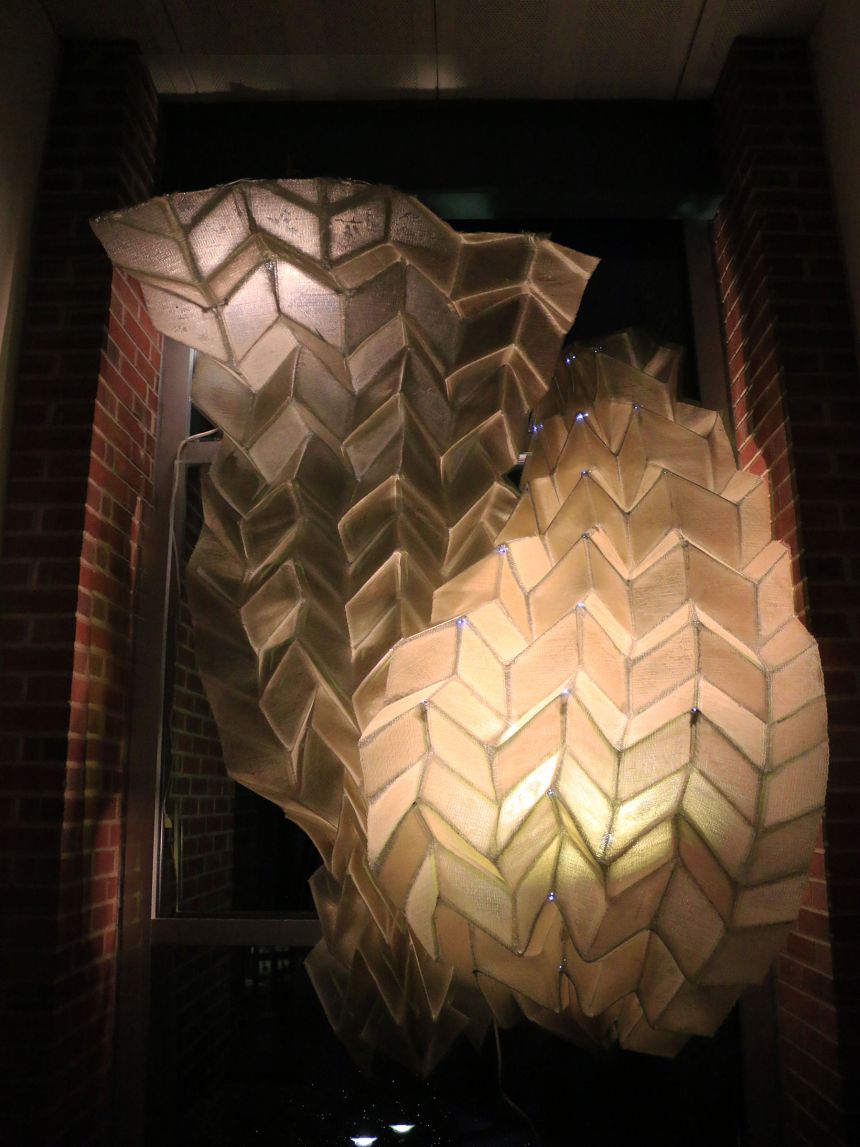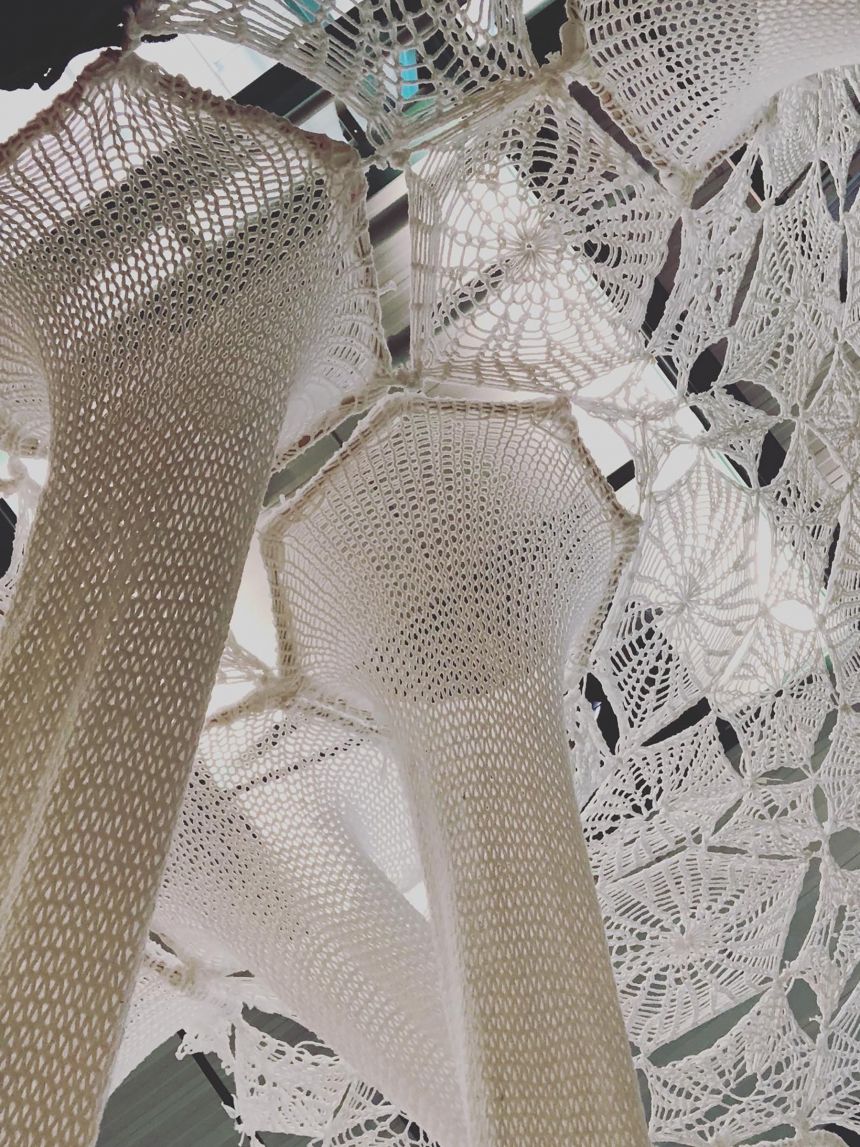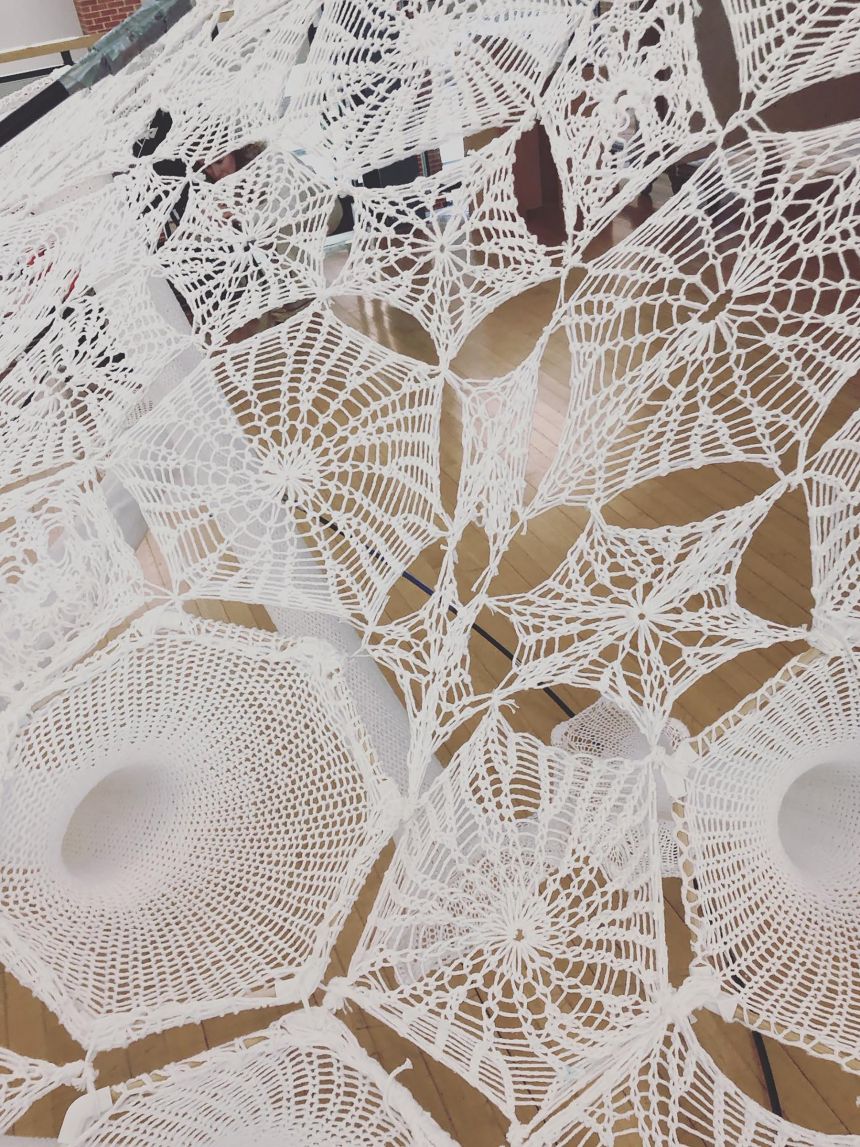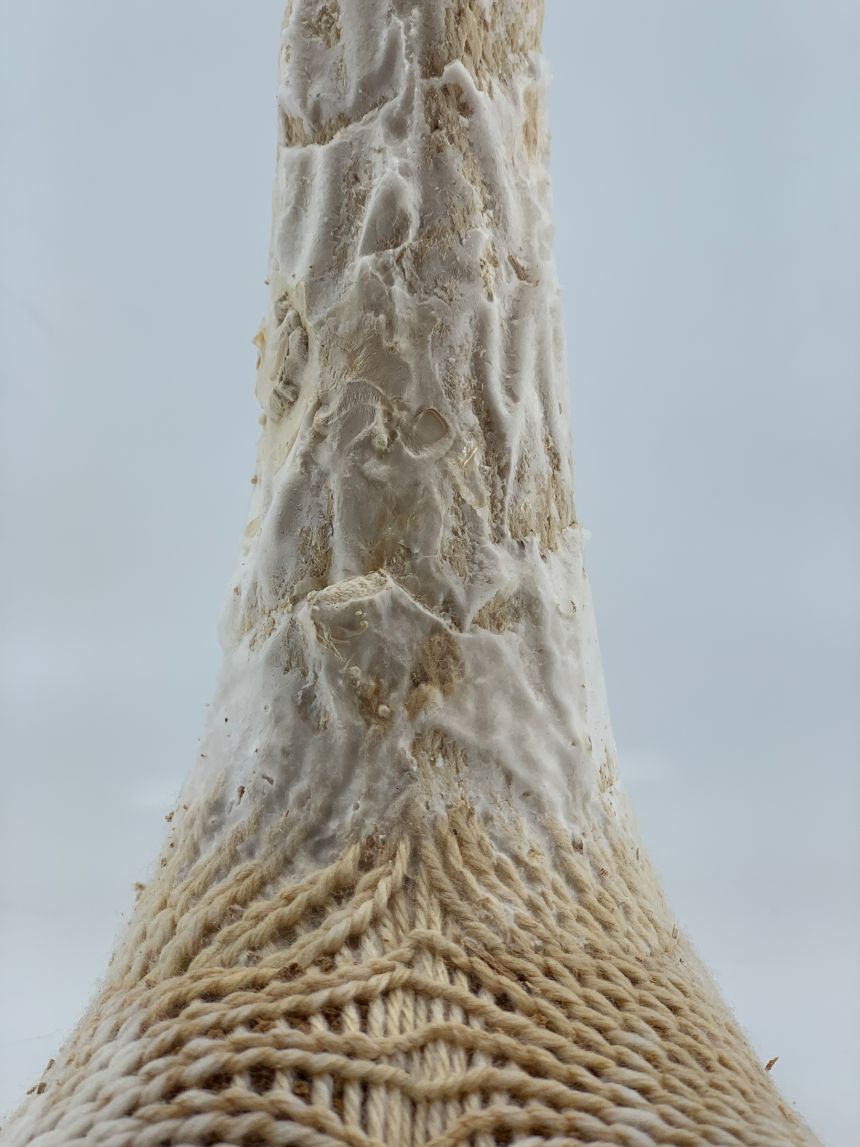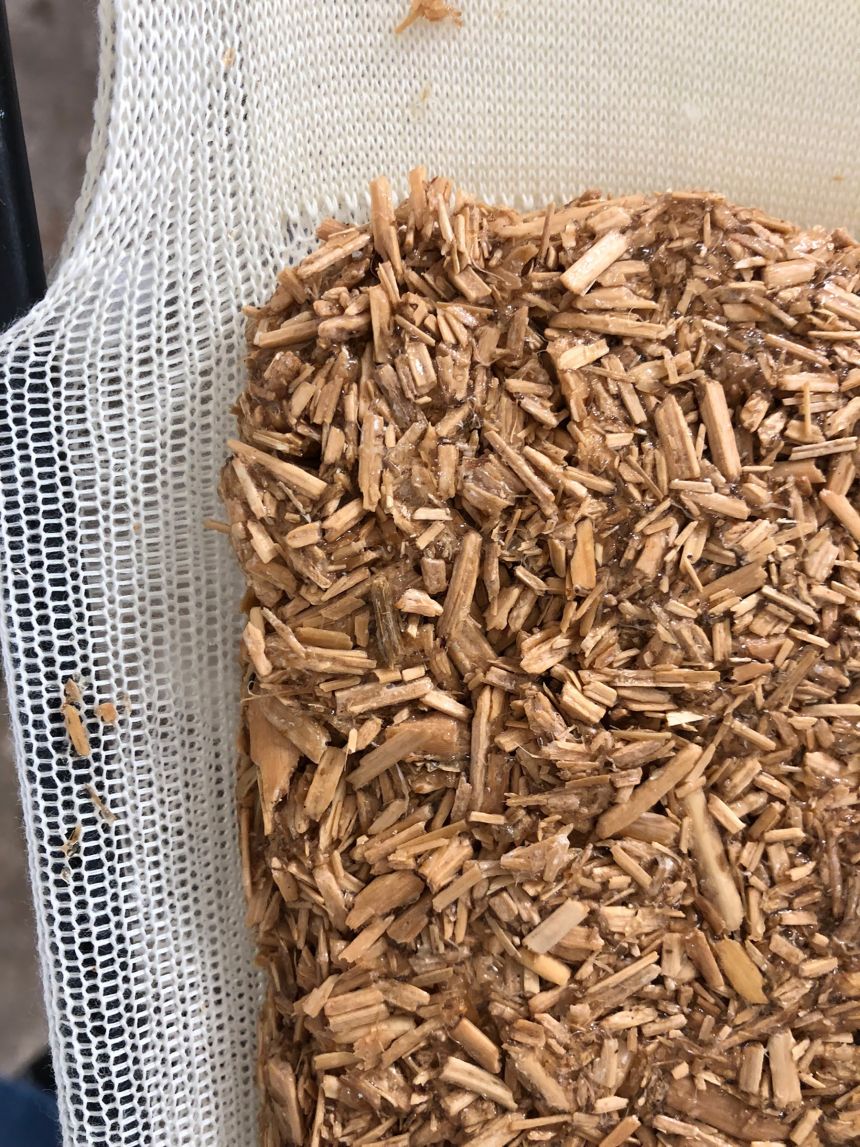Felecia Davis
- Associate Professor of Architecture
418 Stuckeman
- Email fadav@psu.edu
- Phone 814-863-2452
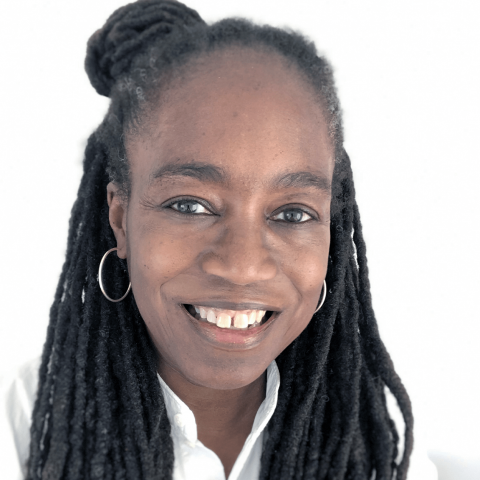
Biography
Felecia Davis is an associate professor of architecture, lead researcher in the Stuckeman Center for Design and Computation, and director of SOFTLAB in the Stuckeman School. She has lectured, taught workshops, published, and exhibited her work in textiles, computation, and architecture internationally, including the Swedish School of Textiles, Microsoft Research, and the Media Lab at the Massachusetts Institute of Technology (M.I.T.).
Davis’s work in architecture and textiles connects art, science, engineering and design and re-imagines how we might use textiles in our daily lives and in architecture. In 2022, Davis was named a winner of the Architectural League of New York’s 2022 Emerging Voices competition. She was featured by PBS in the “Women in Science Profiles” series and her work was part of the Museum of Modern Art’s (MoMA) “Reconstructions: Blackness and Architecture in America” exhibition in 2021.
As a result of her inclusion in the MoMA show, Davis co-founded the Black Reconstruction Collective, a non-profit organization of Black architects, scholars and artists that supports and funds design work about the Black diaspora.
She is currently writing a book that examines the role of computational materials in our lives titled “Softbuilt: Networked Architectural Textiles.”
Davis has taught architectural design for more than 10 years at Cornell University, and design studios, most recently at Princeton University, and the Cooper Union in New York.
She is principal in her own design firm, FELECIADAVISTUDIO. She has received several finalist awards for her architectural designs in open and invited design competitions such as the California Valley Central History Museum, the Queens Museum of Art Addition and the Pittsburgh Charm Bracelet Neighborhood Revitalization Competition, and the Little Haiti Housing Association in Miami.
Davis earned a Ph.D. from the Design and Computation Group in the School of Architecture and Planning at M.I.T. She received her M.Arch from Princeton University, and her B.S. in Engineering from Tufts University. While at M.I.T., she worked on a dissertation that develops computational textiles or textiles that respond to commands through computer programming, electronics, and sensors for use in architecture. These responsive textiles used in lightweight shelters will transform how we communicate, socialize, and use space.
Collected Works

